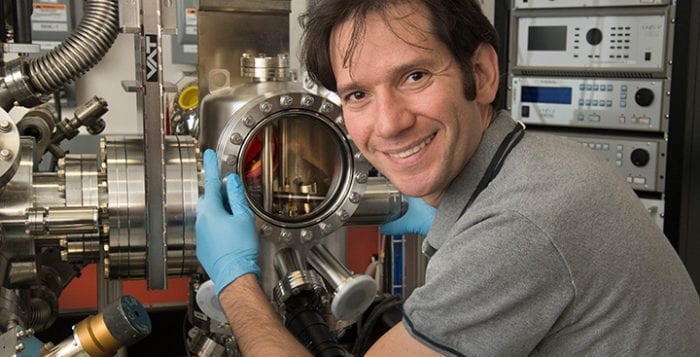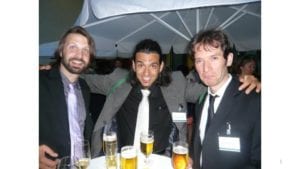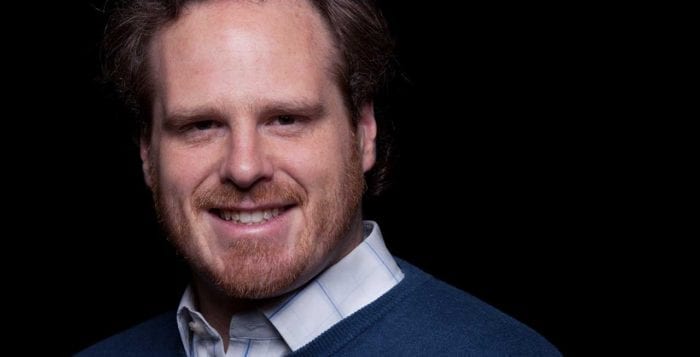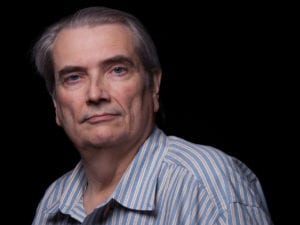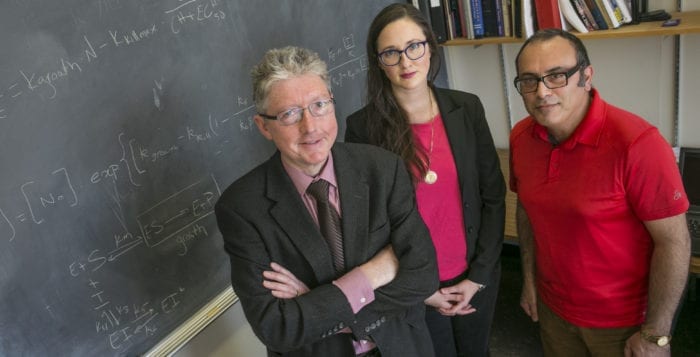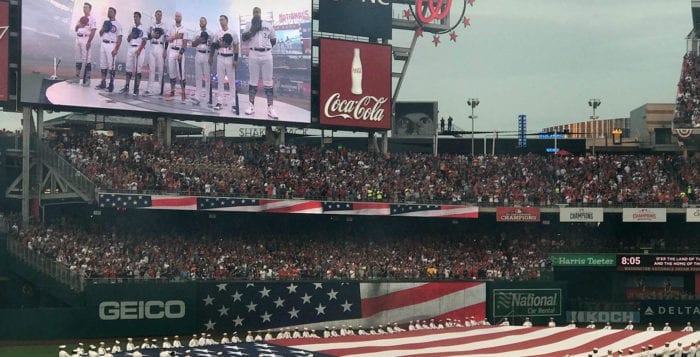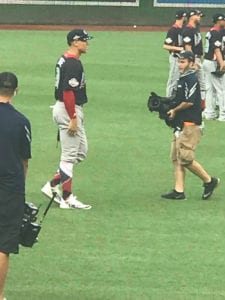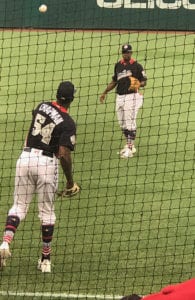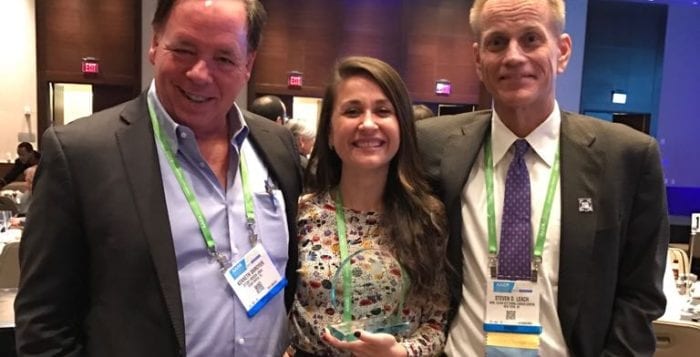Labor Day offers a chance to consider the division of labor that makes living on Long Island and in the United States so incredible.
Police officers stand ready to protect and serve. They leave their homes with the best of intentions, providing safety, security and order to our communities.
Similarly, firefighters offer an enormous measure of protection for us individually and collectively, racing into burning buildings to save us and keeping fires from spreading to nearby homes.
Members of the military protect our interests and help residents in our communities, country and strangers around the world.
Priests, rabbis, imams and other spiritual leaders encourage us to aspire to greatness, to see beyond our frustration and anger, and to believe in a higher purpose and a grander plan. They bring out the best in us and suggest ways to give our lives meaning beyond meeting our basic needs.
Psychologists and psychiatrists act as handrails for people’s minds and emotions, helping us deal with a wide range of challenges, frustrations and difficulties.
Doctors, nurses and medical health professionals refuse to allow bacteria, viruses or injuries to get the better of us, standing ready to help us fight an infection, determining what that mysterious pain is and, at best, help treat the cause of the disorder and not just the symptoms.
Sanitation workers enable us to keep our homes and communities clean.
Supermarket workers stock the shelves, help us find gluten-free food to manage our growing list of allergies, and make sure they have the specific brand of the milk we buy.
Car mechanics allow us to reach our appointments on time and make it to our children’s concerts.
Teachers feed hungry young minds, encouraging and inspiring the next generation, coming in before school or staying late to will students across another academic finish line.
Beyond offering the welcoming smile at many companies, receptionists wear numerous hats, directing traffic through offices, sending phone calls to the right extension, and knowing how to find anything and everything.
When we maneuver through the purchase of a home, the establishment of a will or the adoption of the newest member of our family, lawyers guide us through each process, becoming advocates for our interests and close confidants.
In the wee hours of the morning, bakers start the process of creating scones, heating up coffee and mixing the batter for birthday cakes.
Truck drivers spend hours on the road, carting all manner of goods, bringing foods or marble we have to have on our kitchen counters.
Ferry workers usher us back and forth on the Long Island Sound to visit family, to take ski trips, to return to college, or to visit sites in Connecticut and farther north.
Plumbers, electricians and structural engineers make sure our homes and offices operate smoothly, preventing a leak from becoming a flood, a spark from becoming a fire or a weak wall from becoming an accident site.
Driven by the desire to inform and to beat the competition, journalists search for news that offers valuable information.
Entertainers of all stripes keep us laughing, allow us to relate to people from other places or times — or take us on fantastic journeys to places in their minds.
Politicians represent our interests, debating and hopefully instituting the best policies for the rest of us.
Numerous others, whose professions didn’t make it into this space, also help our communities function.
While Labor Day is a chance to say “goodbye” to summer, it presents an opportunity to appreciate the hard work everyone performs.

